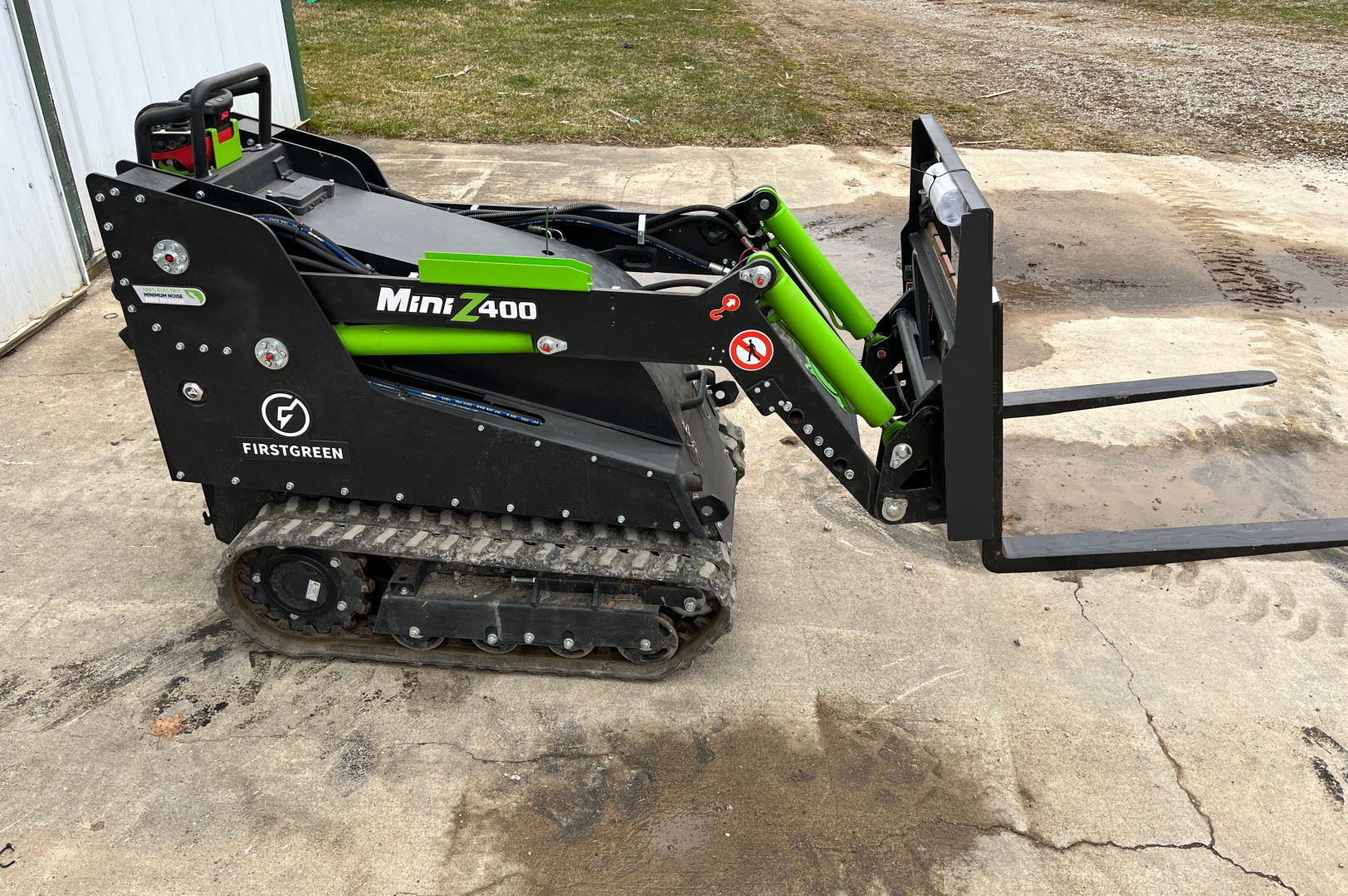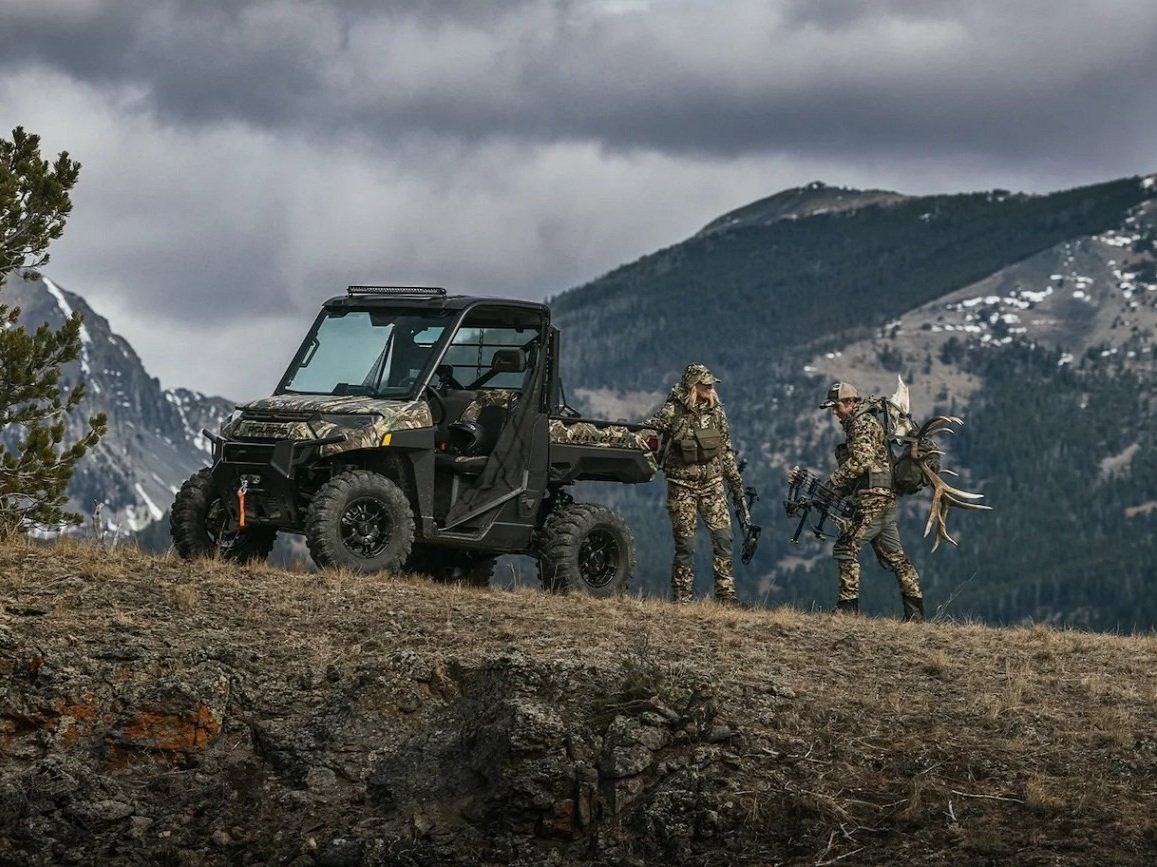
Agriculture
Part 2: Farm Vehicles
Getting the Job Done
Vehicles account for a large amount of energy use on farms across the country. This means they are a great candidate to electrify where appropriate, saving farmers money and strengthening the utility and the grid. They can also increase farmers' quality of life and improve safety with reduced noise and vibration and no diesel spills to worry about.
Farm vehicles range from pickups and trucks to tractors, UTVs and specialty equipment. Each segment may see vastly different rates of electrification and opportunity.
The farm vehicle industry is pushing the transition. In late 2021, the VP of Power Systems at John Deere said that the company “is committed to a future with zero-emissions propulsion systems.“ He added John Deere’s turf equipment, compact utility tractors, small tractors, compact construction vehicles, and some road-building equipment would rely “solely on batteries as a power source … in the very near future.”
Tractors (20-70HP)
Sales potential of electric tractors
Options for smaller electric tractors are growing each year, with some outputs up to 70 horsepower (HP). Tractors of this size are suitable for many fruit, nut, vegetable, and small hay growers. Dairies, livestock producers, and many other ag operations can also utilize these quieter, no-emissions small to midsize tractors.
Electric tractors can provide significant fuel savings depending on local liquid fuel and electricity costs, annual hours, and vehicle efficiency under varying loads. Electric engines, with fewer moving parts, offer operations and maintenance (O&M) savings that reduce vehicle downtime and help lower the total cost of ownership. However, the upfront costs of electric tractors are higher than for similarly-sized diesel models. (See the Toolkit’s Program Funding and On-Bill Financing pages for ways that utilities can help farmers bridge these gaps.) Larger farms will likely be able to electrify more quickly as their purchasing power allows them to update fleets more regularly.
Electric tractors can serve as a platform for a variety of next-generation farming approaches. Electric tractors are ideal for automation. Farmers can increase their productivity through computer-controlled planting, fertilizer application, orchard and field analysis, and much more. Additionally, electric tractors may soon be able to provide bidirectional charging, providing a critical power source to farms during outages.
A barrier for some growers may include needs during times of near-constant operation, such as picking season for fruit growers. Directed Current (DC) fast-charging supply equipment (DCFC) may be needed to make the vehicle investments viable. DCFC will also be important as larger electric tractors and combines (harvesters) with higher energy consumption reach the market.
Trucks
Pickups, such as the F150 Lightning
Medium-Duty Trucks, such as the Lion Electric Class 6-8 cab & chassis
Utilities can accelerate electric farm vehicle adoption by helping farmers learn more about vehicle options and capabilities through demonstrations and ride-and-drives. Utility incentives can help small- to medium-sized farms overcome upfront cost barriers for these vehicles.
Perhaps most importantly, utilities need to support farms considering vehicle electrification by working with states, charging networks and neighboring utilities to accelerate the buildout of DCFC infrastructure in rural areas which currently lack the high powered (350kW) charging infrastructure required to rapidly charge large battery packs. Without it, electric trucks will struggle to be a practical choice for many farmers.
There is a wide variety of trucks on farms, from half-ton pickups to Class 8 semis. Some vehicle classes are nearing cost parity with their gas-powered equivalents in the coming years. Vehicle manufacturers are making large investments to expand production capacity and build up their supply chains, but this process takes time.
As with tractors, fuel and maintenance savings from electric trucks are potentially very high, but are dependent on local fuel prices, vehicle type, and the way it is used (duty cycle).
Light duty pickups: At least six half-ton electric pickup trucks are either available now or soon will be.
Medium duty pickups and cab and chassis trucks: Counterintuitively, larger class 4-8 trucks will be easier to electrify than three quarter or one-ton (class 2b, class 3) pickups, because they have space for larger batteries needed for towing. Three quarter and one-ton pickups are some of the most common workhorses on a farm, towing heavy gooseneck trailers full of hay, equipment, or livestock. To tow these heavy loads with an acceptable range, this category of electric trucks will need larger-capacity batteries, all packed into a relatively small chassis. As battery technology continues to improve and costs continue to fall each year, future versions may address these common farm needs. The half-ton Chevy Silverado Work Truck 1500 may offer a 20,000-pound towing capacity to begin bridging this gap. Medium duty trucks (class 2b- class 6) haul and tow a wide variety of farm goods, including machinery, grain, hay, fertilizer, and livestock.
Skid Steers, Mini Excavators, and Loaders
Bobcat, the original skid steer manufacturer, now offers the T7X all-electric model. South Carolina-based Sunbelt Rentals, one of the largest equipment rental companies in America, has committed to building out a large fleet of Bobcat T7Xs and electric compact excavators.
Electric motors are now available in increasingly varied vehicle classes. Farms rely on a wide variety of medium- and heavy-duty vehicles for construction, land clearing, feed transport, and much more. Electric options are still limited but are growing each year. By eliminating local emissions and reducing noise, electric equipment is much better suited for working in barns and around livestock.
UTVs and ATVs
Utility task vehicles (UTVs) are jack-of-all-trade farm vehicles. Electric UTV options are beginning to hit the market, starting with market leader Polaris. The Polaris Ranger XP Kinetic offers an 80-mile range and is the most powerful UTV on the market with a 110 HP motor that provides a 2,500-pound towing capacity. Tracker’s OX EV is a more budget-friendly option with a 60-mile range, 1200-pound towing capacity, and a 500-lb cargo dump bed. John Deere also has an electric version of the Gator with lead acid batteries.
All-terrain vehicles (ATVs) have been a farm staple for decades to move farmers quickly around the farm in almost any conditions. Electric ATVs are beginning to hit the market, including the Powerland Tachyon. These ATVs are being marketed to farmers and outdoorsmen as requiring less maintenance, having instant torque that provides a smoother ride, and less noise disruptive to animals.
Additional Resources
Daily Yonder: “Push for Electric Ag Equipment in Oregon Is Led by Independent Groups”
Oregon State University: Total Cost of Ownership of a Compact Battery Electric Agricultural Tractor
USDA: Farm Energy Estimators
Washington State University Energy: Farm Energy Audit Checklist
Reinke: Precision Management
SoCal Edison: Ag resources
Colorado Dept. of Ag: Farm Energy Efficiency Tools
Modern Farmer: “Electric Tractors are Rolling Out in the Field. Here’s What That Could Mean for Farmers”


























